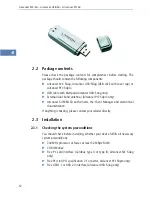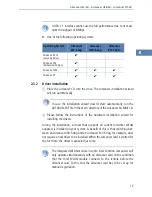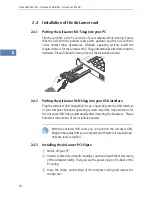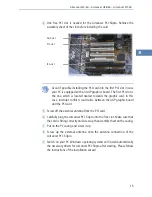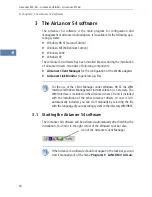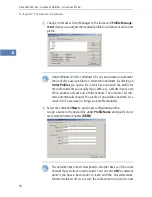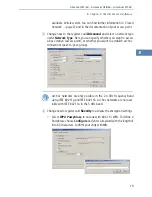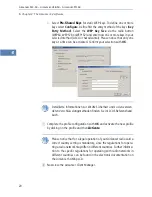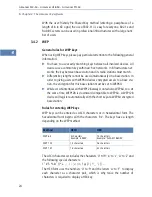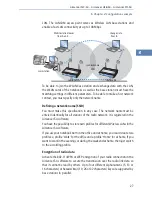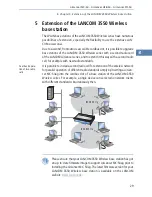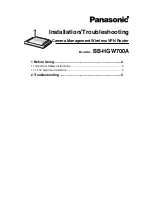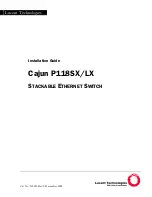
AirLancer MC-54 – AirLancer USB-54 – AirLancer PCI-54
왘
Chapter 4: Configuration example
26
EN
4 Configuration example
This chapter exemplifies the use of AirLancer radio network cards with the
following example:
4.1
Connecting to a company network
The main advantage of radio networks beside the establishing of independent
networks is the possibility to extend existing, cable-bound networks. It does
not matter whether the existing LAN has to be extended, the wiring of new
workstations is however uneconomic or impossible, or whether e.g. field sales
representatives need to be integrated mobilely for their office work time into
the corporate LAN.
Example: sales
departement
As example for an infrastructure network we look at the sales department of
a mid-sized company. The sales representatives will move to another floor.
Since they are out of the office most time anyway, their new workplaces are
not wired anymore. Instead, a Wireless LAN access point enables to access the
corporate Intranet services (e.g. LANCOM 3550 Wireless). Since the sales rep-
resentatives with their notebooks must have access to the network also in
other departments of the company, further base stations will be installed.
These ensure that a sales representative has access to the network within the
company building at any time. When changing to another radio cell, the sta-
tions are disconnected automatically from the previous base station and con-
nected to the new base station. This procedure is called roaming.
Each sales representative gets a radio network card
AirLancer MC-54g
for his
notebook, with which he is able to log into the network of the company in his
office. For also being able to print locally, the sales representatives have still
got a network printer in their office, which is attached to the cable-bound

